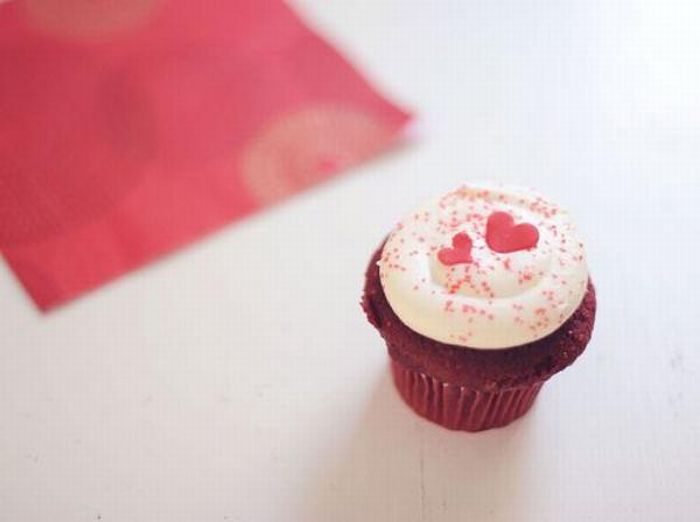|
|
Creative Biscuit
|
At the time of the Spanish Armada in 1588, the daily allowance on board a Royal Navy ship was one pound of biscuit plus one gallon of beer. Samuel Pepys in 1667 first regularised naval victualling with varied and nutritious rations. Royal Navy hardtack during Queen Victoria's reign was made by machine at the Royal Clarence Victualling Yard at Gosport, Hampshire, stamped with the Queen's mark and the number of the oven in which they were baked. Biscuits remained an important part of the Royal Navy sailor’s diet until the introduction of canned foods. Canned meat was first marketed in 1814; preserved beef in tins was officially added to Royal Navy rations in 1847.
• Biscuits for pleasure
Early biscuits were hard, dry, and unsweetened. They were most often cooked after bread, in a cooling bakers' oven; they were a cheap form of sustenance for the poor.
By the seventh century AD, cooks of the Persian empire had learnt from their forebears the secrets of lightening and enriching bread-based mixtures with eggs, butter, and cream, and sweetening them with fruit and honey. One of the earliest spiced biscuits was gingerbread, in French pain d'épices, meaning "spice bread", brought to Europe in 992 by the Armenian monk Grégoire de Nicopolis. He left Nicopolis Pompeii, in Lesser Armenia to live in Bondaroy, France, near the town of Pithiviers. He stayed there for seven years, and taught French priests and Christians how to cook gingerbread. This was originally a dense, treaclely (molasses-based) spice cake or bread. As it was so expensive to make, early ginger biscuits were a cheap form of using up the leftover bread mix.
|
|









